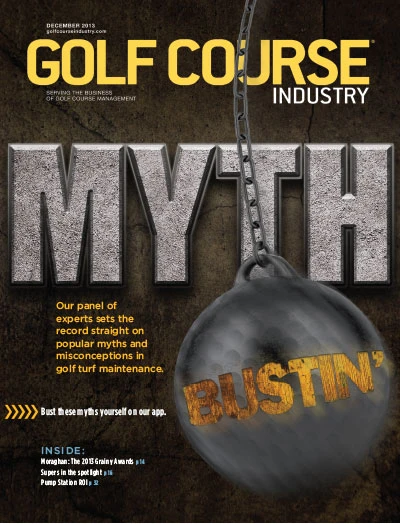 Henry DeLozier |
We’re in constant pursuit of excellence. It is our nature to want to improve and be the best we can be. Three decades ago, author Tom Peters put that time-honored truth onto the pages of a business best-seller and he’s still adding disciples and riding the financial windfall. Long before Peters prescribed a path to excellence, Dr. Martin Luther King was reminding us that excellence should be the goal of us all. “If a man is called to be a street sweeper, he should sweep streets even as Michelangelo painted, or Beethoven composed music or Shakespeare wrote poetry,” King said. “He should sweep streets so well that all the hosts of heaven and earth will pause to say, ‘Here lived a great street sweeper who did his job well.” You would have to say legendary UCLA basketball coach John Wooden, whose UCLA teams won 10 national championships in 12 seasons, knew something about excellence and motivating players toward that goal. “If you don’t have time to do it right, when will you have the time to do it over?” the Wizard of Westwood often asked. Excellence is the objective for every club and every course, as well as for the people who run them. But in the absence of great motivators like Wooden and King, how do we pursue – and most importantly sustain – excellence? Here are five actions to consider. Define what excellence means for your course or club.Be specific and describe the circumstances, services and conditions that define excellence in all of the areas in which you have responsibility. For example, what agronomic standards will be the goal of your club? What improvements will you commit to? What steps will you and your staff take to improve the educational levels you bring to the job? Dream big and set goals that lead to excellence.In “Good to Great,” author James Collins encourages seekers of greatness to develop BHAGs – big, hairy, audacious goals. The improved likelihood of achieving greatness as a result of setting and working toward aggressive goals is proven in the sports and corporate worlds. Club managers, golf professionals and golf course superintendents can do the same. What’s your BHAG? Set measurable goals.Set your goals and measure results against a pre-established standard of excellence. Goals without measurement are simply good intentions. Just as you can measure green speed or moisture content in the soil, you also can measure excellence in its simplest forms. Establish a repeatable pattern for success.Which actions and results create the standard of excellence that you’re seeking? Which systems and processes sustain the desired results? Is it time-oriented, volume-specific or a percentage of a greater whole? Things that get measured get managed; they also tend to get better. How will you and your management team consistently exceed the standards you have set? The key to consistently performing at a high level is repetitive action and practice. One must invest the time and effort to become extremely proficient at executing the aggregation of simple acts that add up to superior results. As Aristotle wrote, “We are what we repeatedly do ... excellence, then, is not an act, but a habit.” In “Outliers,” author Malcolm Gladwell told of the law of 10,000 hours. He cited the example of the night-after-night practice that the Beatles invested in the early ‘60s, testing sounds, instruments, lyrics and rhythms to create what everyone who has never paid the price of 10,000 hours assumes to be a gift. If excellence is a gift, it is a gift those who achieve it bestow on themselves. Evaluate, adjust and raise the bar.In “Good to Great,” Collins makes the point that “good enough” never is. The pattern of superior performance must be monitored and improved in order to sustain progressive improvement. Each manager – from the GM to the superintendent – must develop a reiterative method of study and evaluation to ensure the outcome continually improves. In any business, there are those who excuse themselves from the pursuit of excellence by assigning blame or making excuses. They never seem to have the budget or the staff or the support to do an excellent job. These are the same people who get stuck in the same ruts and seem eternally frustrated. In contrast, the pursuit of excellence can be extremely empowering. In concert with your owners and managers, set goals for the coming year that are reachable under current conditions and with your very best effort. Once you achieve those goals, you might just find that it’s a lot easier to ask for a budget increase and maybe a larger staff to tackle the next set of goals.
Henry DeLozier is a principal in the Global Golf Advisors consultancy. DeLozier joined Global Golf Advisors in 2008 after nine years as the vice president of golf for Pulte Homes. He is a past president of the National Golf Course Owners Association’s board of directors and serves on the PGA of America’s Employers Advisory Council. |

Explore the December 2013 Issue
Check out more from this issue and find your next story to read.
Latest from Golf Course Industry
- Editor’s notebook: Green Start Academy 2024
- USGA focuses on inclusion, sustainability in 2024
- Greens with Envy 65: Carolina on our mind
- Five Iron Golf expands into Minnesota
- Global sports group 54 invests in Turfgrass
- Hawaii's Mauna Kea Golf Course announces reopening
- Georgia GCSA honors superintendent of the year
- Reel Turf Techs: Alex Tessman





